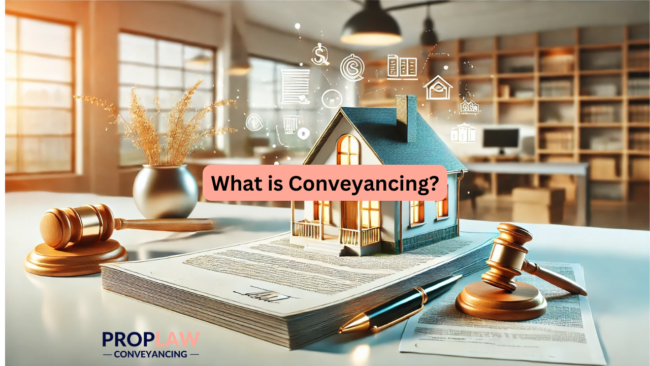
Mastering Conveyancing: Essential Knowledge, Compliance, and Best Practices for Secure Property Transactions
Conveyancing is the process of legally transferring property ownership from one party to another. This comprehensive guide covers essential aspects of conveyancing, including the legal framework, compliance requirements, due diligence, technology’s role, and best practices. Whether you’re new to conveyancing or seeking updated insights, this article will deepen your understanding of the process from start to finish.
Introduction to Conveyancing
Conveyancing is the legal mechanism through which property rights are transferred from a seller to a buyer. For property buyers and sellers, understanding the conveyancing process helps clarify the journey from agreeing on a sale price to the final transfer of ownership.
What is Conveyancing? Conveyancing is a series of checks, agreements, and legal documentations that secure the property transaction. The process ensures the property being sold has a valid title and is free from unexpected restrictions.
Key Parties in Conveyancing — Essential players include the buyer, seller, conveyancing solicitor (or licensed conveyancer), and mortgage lender.
Conveyancing Process Timeline — The main stages, from initial instructions to completion and post-completion, typically take several weeks, depending on the transaction’s complexity.
Legal Framework and Compliance Requirements
The legal backbone of conveyancing safeguards the integrity of property transactions. Conveyancers are expected to adhere to legal and regulatory standards, with non-compliance potentially leading to penalties or transaction issues.
Property Law Basics — Key legislation, like the Land Registration Act, guides ownership rights, transfer processes, and due diligence.
Regulatory Compliance — Conveyancers must follow regulations such as anti-money laundering (AML) laws, fraud prevention guidelines, and data protection under GDPR.
Due Diligence and Risk Management — Critical steps include conducting property searches, verifying title status, and identifying risks that may hinder or affect the transaction.
Property Searches and Enquiries
Property searches and seller enquiries are crucial steps in establishing the property’s integrity, status, and suitability for the buyer.
Types of Searches — Common property searches include local authority, drainage and water, environmental, and chancel repair searches.
Interpreting Search Results — Search results may reveal issues, such as planning restrictions or flood risks, that can impact the transaction.
Raising Enquiries with the Seller — Asking targeted questions about the property’s condition, history, and compliance can prevent unexpected issues after the purchase.
The Role of Technology in Conveyancing
Technology is transforming conveyancing by improving accuracy, speeding up processes, and enhancing security. Digital conveyancing is an evolving area with a significant impact on modern practice.
Digital Transformation in Conveyancing — E-conveyancing, digital ID verification, and electronic signatures simplify procedures, making transactions faster and more secure.
Property Data and Automation — Automation in searches, due diligence, and compliance checks streamlines processes, helping conveyancers manage information more effectively.
Cybersecurity in Conveyancing — Protecting sensitive data from cyber threats is essential in a digital-first environment. Conveyancers must employ robust security practices to secure client data.
Contracts and Legal Documents
Contracts are the core of any conveyancing transaction, setting out the terms and obligations of both the buyer and seller.
Drafting the Contract of Sale — Key components include the purchase price, deposit conditions, and any unique clauses agreed upon by both parties.
Reviewing Title Documents — Common title document issues include boundary disputes or restrictive covenants. It’s essential to identify and resolve these issues before signing.
Transfer Deeds and Mortgage Deeds — These documents finalize the legal transfer. Signed by both parties, they make the property transfer legally binding.
Completion and Post-Completion
The completion phase is the culmination of the conveyancing journey. It includes transferring funds, confirming all conditions are met, and ensuring the buyer receives the title deed.
Preparing for Completion Day — Arrange final finances, conduct last-minute checks, and communicate with clients to ensure the process goes smoothly.
Post-Completion Tasks — Completing stamp duty payments, registering the title with the Land Registry, and issuing completion statements are necessary to officially record the transfer.
Handling Disputes Post-Completion — Occasionally, issues may arise after completion, such as undisclosed property defects. Establishing a resolution strategy is crucial for protecting both parties.


